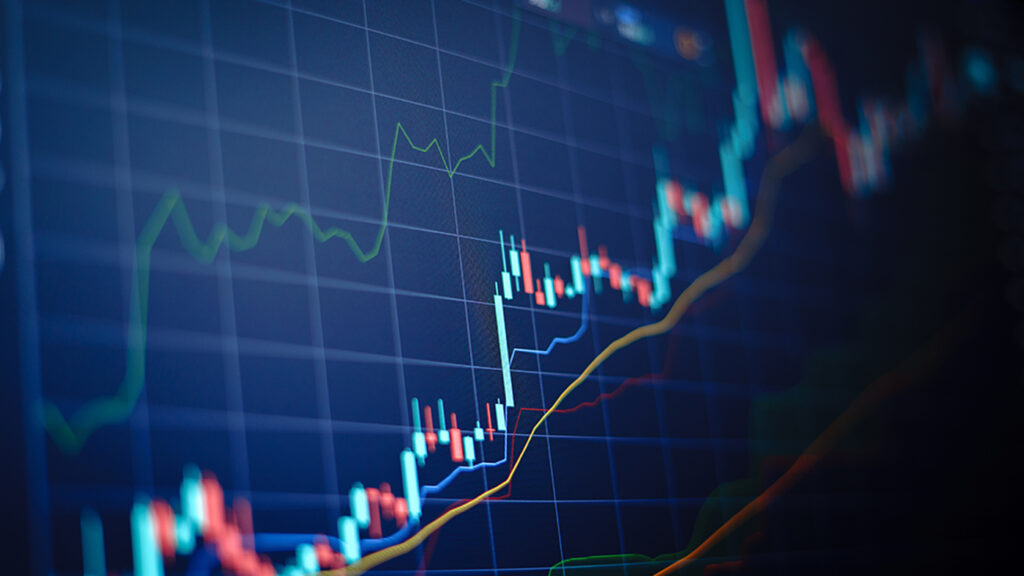An online Chipotle order brought home all the recent chatter about inflation. Clicking checkout, the total appeared: $11.35! I don’t remember the exact amount I paid for this meal in the past, but I’m certain that it was considerably less than this. What’s going on? And how long will this trend continue?
On a recent call with investors, Unilever CEO, Alan Jope said, “We’re in a period of unprecedented commodity inflation.” Commodity price increases are pushing up the cost of food. Grocery stores and restaurant chains are passing these increases along to consumers. Other goods are more expensive, as well, including new and used cars and trucks, furniture and electronics as manufacturers struggle to keep pace with growing demand.
On an annualized basis, consumer prices increased 5.4% in July, matching June’s annualized increase; both equaling the highest bump in 13 years. The combination of higher costs for ingredients and components, labor shortages, and a 25% increase in transport costs have pushed costs higher. Partially to blame is the so-called base effect, which is the comparison to pandemic-induced price reductions a year ago. Also contributing is the release of pent-up demand as the world’s economies emerge from the COVID-19 crisis, resulting in raw materials and component shortages along with supply chain bottlenecks.
Although many point to these factors as a reason that the recent upward trend will be transitory, there are other warning signals that suggest the potential for a longer-term bout of inflation. Real inflation-adjusted wage growth is not keeping pace with inflation, the Fed continues its massive monthly purchases of bonds and mortgage-backed securities, trillions of government stimulus dollars are chasing a diminished supply of goods and investors are pouring money into highly speculative investment vehicles such as SPACS and non-fungible tokens, while junk bond yields plummet.
Over the past 40 years, Americans have become accustomed to a modest rate of inflation. But, prior to 1981, periods of time in which prices increased by double-digit percentages were fairly routine. That year, 1981, marks the last time prices increased at a double-digit rate. Nearly half of the U.S. population has been born since then and have no experience with rapidly increasing prices.

As noted above, volatility in prices was a common occurrence in the not too distant past, and at times people were pushed too far. In the Fall of 1966, thousands took to the streets to protest, not against the Vietnam War or for Civil Rights, but to express anger over the rising cost of food. Known as the housewife revolution, these protests continued periodically through the next 15 years. Numerous organizations formed to voice concerns over rising prices, such as a women’s group in Long Island called FLP (For Lower Prices).
Historically, real estate has been seen as a hedge against inflation due to both the pre-determined contractual-based income stream, often with built-in escalations, and the potential for capital appreciation. Over time, these factors hopefully work in tandem to mitigate the negative impact of inflation, providing positive “real” returns to investors.
During times of economic distress, commercial property, like other asset classes, generally experiences downward pressure on pricing. However, during the recessions of 1969-1970 and 1973-1975, investors rushed into the commercial property sector driving pricing up at double-digit growth rates. It is during this decade that poor government and monetary policies created an inflationary spiral that didn’t end until 1982 when the Federal Reserve pushed interest rates to 21.5%. Another recession ensued, but it finally brought down inflation and set the economy on a corrective course.
With the volatility created by rapidly increasing inflation, wage growth not keeping pace and plummeting consumer demand, investors in the 70s certainly viewed real estate as a safe harbor. This is the only time during the post-World War II era that commercial property price growth did not turn negative, either during or shortly after a recessionary period. The graph below from Real Capital Analytics provides a historical model of pricing trends in relation to recessions.

It is interesting to note the pricing trend during our most recent recession. At the onset of the COVID-19 shutdowns and resulting economic uncertainty, transaction volume fell. However, while the rate of price growth slowed, it never fell below the 0% growth rate. In fact, after the initial shock, price growth began to rapidly increase again.
Could this trend line be a warning signal? Are real estate investors once again hedging their bets against future inflation? There are similarities to economic trends of the 1970s. Although it is early in the current, ongoing recovery … this remains an issue to watch.

 Loren DeFilippo
Loren DeFilippo

 Aaron Jodka
Aaron Jodka Nicole Larson
Nicole Larson
